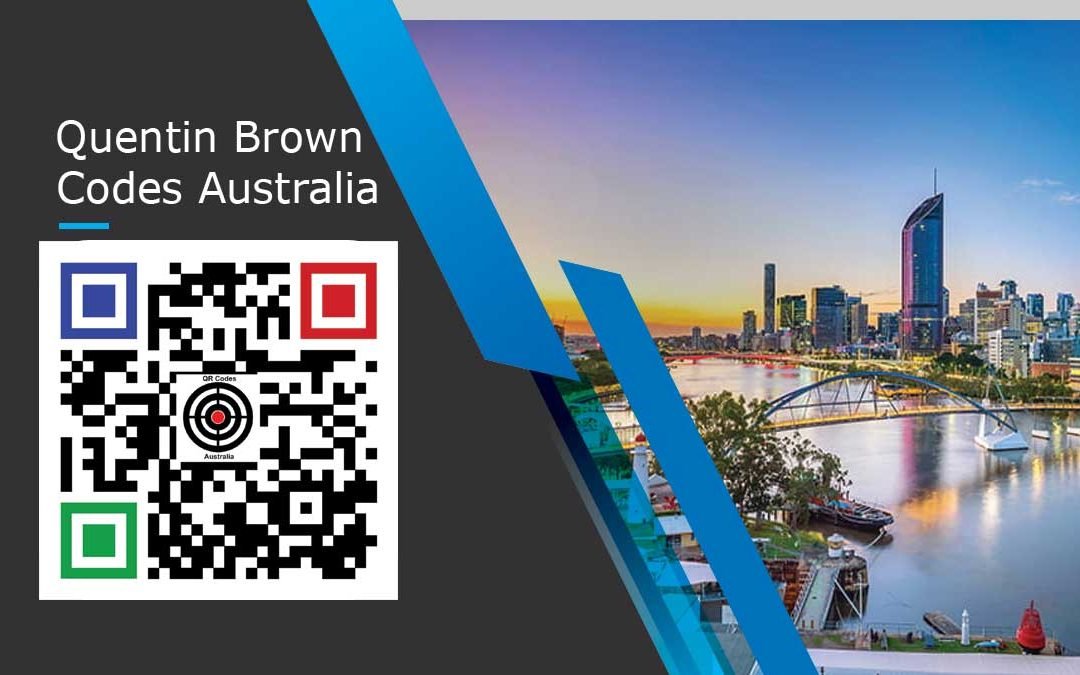Dynamic QR Codes are a type of QR Code that can be edited and updated even after they have been printed. This means that the information contained within the Code can be changed without having to reprint the Code itself.
This makes them a popular choice for businesses and individuals who need to share information that may change frequently.

One of the fundamental aspects of dynamic QR Codes is that they are created using a URL shortener service in a database that allows the Code to be edited and updated. This means that the Code itself remains the same, but the information that it points to can be changed as needed.
This makes them a versatile tool for businesses that need to share information such as product details, contact information, or event schedules.
Dynamic QR Codes can be created using a variety of online tools and services, however, we here at QR Codes Australia use local servers and data centres for all our dynamic Codes. This tool allows you to create a Code that can be edited and updated as needed and also offers features such as analytics and tracking that allow you to see how many people are scanning your Code.
By using a UTM free add-on you can also see where they are located plus a lot more statistics. Overall, dynamic QR Codes are a useful tool for businesses and individuals who need to share information that may change frequently.
Key Takeaways
- Dynamic QR Codes can be edited and updated even after they have been printed, making them a versatile tool for sharing information that may change frequently.
- These Codes are created using a URL database service and can be created using a variety of online tools and services.
- Dynamic QR Codes may also offer features such as analytics and tracking, allowing you to see how many people are scanning your Code and where they are located.
Fundamentals of Dynamic QR Codes
Definition and Purpose
Dynamic QR Codes are a type of QR Code that can be updated and changed even after they have been printed. Unlike static QR Codes, which contain fixed information that cannot be modified, dynamic QR Codes can be used to store and display any URLs.
Dynamic QR Codes are widely used in marketing and advertising campaigns to track and analyze customer behaviour. They can be used to gather data on how many times a Code has been scanned, when and where it was scanned, and what type of device was used to scan it. This information can then be used to optimize marketing strategies and improve customer engagement.
How Dynamic QR Codes Work
Dynamic QR Codes work by redirecting the user to a specific URL or content based on the data stored within the Code. When a user scans a dynamic QR Code, the Code is read by a QR Code scanner app on your mobile or tablet or directly through the camera on your newer mobile phone, which then sends a request to a server to retrieve the content associated with the Code.
The server can then analyze the request and provide the user with a customized response based on their location, device type, or other variables. This allows for a more personalized and engaging user experience and can help to improve the effectiveness of marketing campaigns.
Overall, dynamic QR Codes offer a powerful tool for businesses and marketers looking to engage with customers and track their behaviour. By providing a flexible and customizable platform for storing and displaying content, dynamic QR Codes can help to drive customer engagement and improve marketing ROI.
Creating Dynamic QR Codes
Dynamic QR Codes offer a range of benefits over static Codes, including the ability to update the information they contain without changing the Code itself. In this section, you’ll learn how to create dynamic QR Codes and customize their design and data encoding.
Design Customisation
When creating a dynamic QR Code, you can customize its appearance to match your brand or desired aesthetic. This can include changing the Code’s colour, adding a logo or image, and adjusting the Code’s size and position.
To customize the design of your dynamic QR Code, you can use a QR Code generator tool that offers design options. Some tools even allow you to upload your images or logos to incorporate into the Code’s design.
Keep in mind that while customizing the design of your dynamic QR Code can make it more visually appealing, it’s important to ensure that the Code remains scannable and functional. Avoid making the Code too complex or adding too much visual clutter that could interfere with its readability.
We always recommend using an external image program so you can save the changes and come back later to make any adjustments. A great free editor to do this can be found at https://www.photopea.com and our tutorial at https://qrcodesaustralia.com.au/dynamic-qr-codes/#decorate
Data Encoding
In addition to customising the design of your Dynamic QR Code, you can also link to different types of data. This can include website URLs, contact information, event details, and more usually all done through a website of any kind including social media, video channels etc..
It is important when creating the QR Code that you use high contrast colours as any reflection etc can make it a useless operation. We went to a restaurant where they had just installed stainless steel QR Code s on every table but you could not scan them because of the reflection of the lights. You might be lucky every now and then but a waste of time and money
I contacted them and highlighted the problem and they have now been changed and work perfectly.
Creating dynamic QR Codes with customized design and data encoding can help you achieve your marketing and communication goals more effectively. By following these best practices, you can ensure that your dynamic QR Codes are both visually appealing and functional for your target audience.
Usage Scenarios

Dynamic QR Codes have a wide range of applications across various industries. Here are a few usage scenarios where these Codes can be employed:
Retail and Marketing
In the retail and marketing industry, dynamic QR Codes can be used to provide customers with information about products and services. These Codes can be placed on product packaging, in-store displays, and advertising materials to offer customers an easy way to access information about the product or service.
Retailers can also use dynamic QR Codes to offer discounts and promotions to customers. By scanning the Code, customers can be directed to a landing page that offers them a discount code or a special offer.
Event Management
Dynamic QR Codes are also useful in event management. These Codes can be used to streamline the registration process by allowing attendees to scan the Code and register for the event.
Event organizers can also use dynamic QR Codes to provide attendees with information about the event, including the schedule, speakers, and exhibitors.
Contactless Transactions
Dynamic QR Codes can also be used for contactless transactions. Customers can scan the Code to make a payment or to receive a payment. This is particularly useful in situations where cash or cards are not accepted or when contactless payment is preferred for health and safety reasons.
Overall, dynamic QR Codes are a versatile tool that can be used in a variety of scenarios to provide customers with information, streamline processes, and offer contactless payment options.
Analytics and Tracking
![]()
Dynamic QR Codes provide valuable data insights that can help you monitor your campaigns and make informed decisions. Here are two key areas where analytics and tracking can help you:
Real-Time Data Monitoring
One of the most significant advantages of using dynamic QR Codes is the ability to monitor real-time data. You can track the number of scans, the location of the scans, the type of device used, and the time of the scan. This data can help you adjust your campaigns on the fly and make informed decisions.
For example, if you notice that a particular location or time of day is generating more scans, you can adjust your marketing strategy accordingly. You can also track the effectiveness of your campaigns by monitoring the number of scans and conversions.
User Engagement Metrics
User engagement metrics can help you understand how your customers are interacting with your campaigns. You can track the number of scans, the time spent on the landing page, the number of clicks, and the conversion rate. This data can help you identify areas where your campaigns are successful and areas where they need improvement.
For instance, if you notice that customers are spending less time on your landing page, you may need to improve the design or content to make it more engaging. You can also track the conversion rate to see how many customers are taking action after scanning your QR Code.
In conclusion, dynamic QR Codes provide valuable data insights that can help you monitor your campaigns and make informed decisions. By tracking real-time data and user engagement metrics, you can adjust your marketing strategy and improve your campaigns’ effectiveness.
Recent Posts
- 10 uses of dynamic QR codes in Australia in 2024
- How Australian Businesses are Using QR Codes
- Are QR Codes Still Relevant in 2024
- The Power Of QR Code Bio Link
- Benefits Dynamic QR Codes Offer
- How to Check QR Codes Security
- QR Codes Australia Local Business
- Static vs Dynamic QR Code
- QR Codes Australia Facebook

